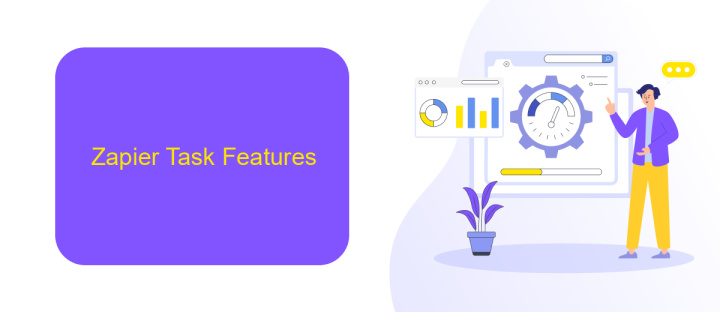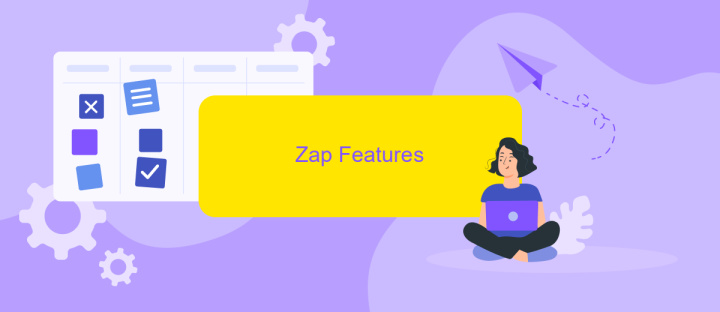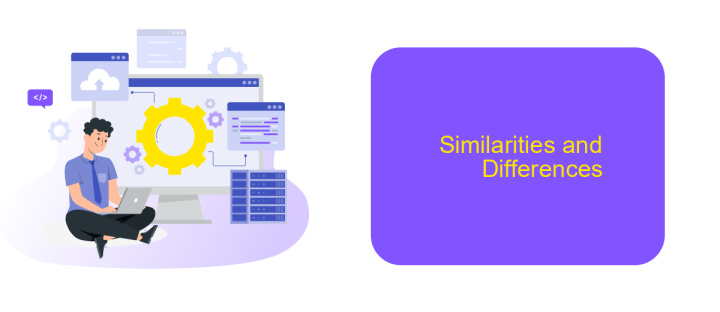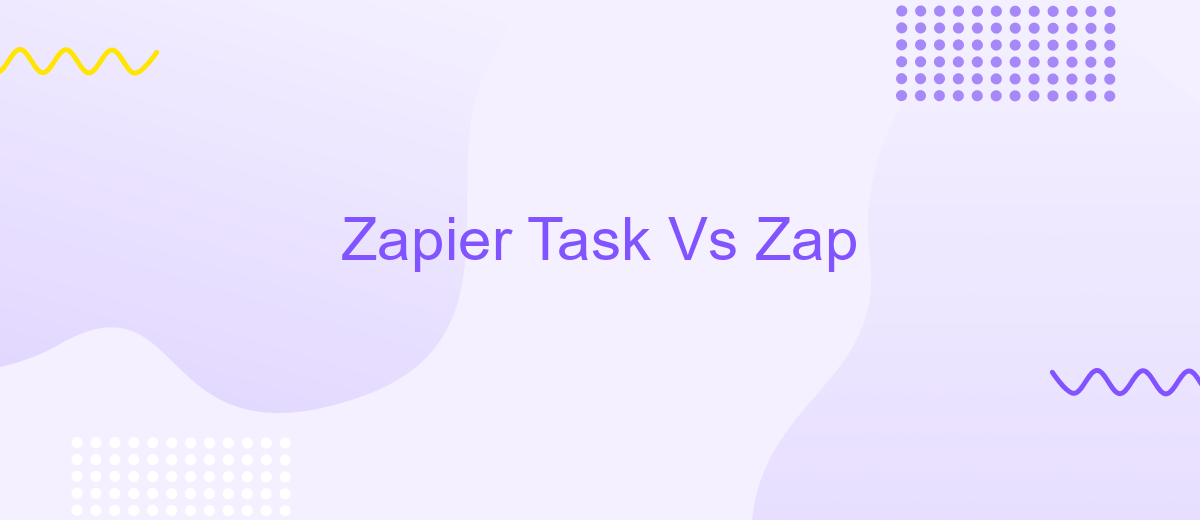Zapier Task Vs Zap
In the world of automation, Zapier stands out as a powerful tool for streamlining workflows. However, understanding the difference between a "Task" and a "Zap" can be crucial for maximizing its potential. This article delves into the distinctions between these two core concepts, helping you utilize Zapier more effectively to automate repetitive tasks and enhance productivity.
Introduction
In the world of automation, Zapier stands out as a powerful tool that connects various apps and services to streamline workflows. Two fundamental concepts within Zapier are "Tasks" and "Zaps." Understanding the difference between these can significantly enhance your productivity and efficiency.
- Zap: A Zap is an automated workflow that connects your apps and services to perform specific actions based on defined triggers.
- Task: A Task is a single action performed within a Zap. For example, if a Zap sends an email and then updates a spreadsheet, it performs two tasks.
For those looking to simplify the setup of such integrations, services like ApiX-Drive offer an intuitive platform to manage and automate workflows seamlessly. By leveraging these tools, businesses can save time, reduce errors, and focus on more strategic activities rather than repetitive tasks.
Zapier Task Features

Zapier Tasks are the fundamental units of work in Zapier, representing individual actions performed by the platform to automate workflows. Each task corresponds to a specific action, such as sending an email, updating a spreadsheet, or creating a new record in a CRM system. These tasks are triggered based on predefined conditions set by the user, ensuring seamless automation and efficient management of repetitive tasks. By leveraging Zapier Tasks, users can streamline their operations, reduce manual effort, and enhance productivity.
In addition to Zapier, services like ApiX-Drive also offer robust solutions for setting up integrations and automating workflows. ApiX-Drive provides a user-friendly interface to connect various applications, enabling users to create complex integrations without any coding knowledge. By utilizing ApiX-Drive, businesses can easily synchronize data across platforms, automate routine processes, and ensure data consistency. This not only saves time but also minimizes the risk of human error, making it an invaluable tool for optimizing business operations.
Zap Features

The Zap feature in Zapier is designed to automate repetitive tasks by connecting different apps and services. It allows users to create workflows that trigger actions in one app based on events in another. This feature is highly customizable and can be tailored to fit a wide range of needs, from simple to complex automation processes.
- Easy integration: Connects with over 2,000 apps, including popular services like Gmail, Slack, and Trello.
- Multi-step Zaps: Allows for the creation of workflows with multiple steps, enhancing automation capabilities.
- Conditional logic: Adds "if/then" rules to workflows, enabling more dynamic and responsive automations.
- Customizable filters: Ensures actions only occur when specific conditions are met, improving accuracy.
- Time-based triggers: Automates tasks based on scheduled intervals, such as daily or weekly.
In addition to these features, Zapier's integration with services like ApiX-Drive simplifies the process of setting up and managing integrations. ApiX-Drive offers a user-friendly interface and robust tools for connecting various applications, making it easier for users to create and maintain their Zaps. This integration ensures that businesses can streamline their operations and improve productivity through effective automation.
Similarities and Differences

Zapier Tasks and Zaps are essential components of the Zapier automation platform, designed to streamline workflows by connecting various apps and services. Both play crucial roles in automating repetitive tasks, but they serve different purposes within the platform.
A Zap is an automated workflow that links two or more apps, triggering actions based on specific events. In contrast, a Task is an individual action executed within a Zap. For example, if a Zap sends an email when a new contact is added, the email-sending action is the Task.
- Zap: A complete workflow automation involving multiple steps.
- Task: A single action performed within a Zap.
- Both require initial setup and configuration.
- ApiX-Drive can also be used to configure similar integrations and automate workflows.
Understanding the distinctions between Zaps and Tasks is crucial for effectively leveraging Zapier's capabilities. While Zaps define the overall automation process, Tasks execute the specific actions that make up these processes. Using tools like ApiX-Drive can further enhance your automation strategy by offering additional integration options.
Conclusion
In summary, understanding the differences between a Zapier Task and a Zap is crucial for optimizing your workflow automation. A Task represents a single action executed by Zapier, while a Zap is a complete workflow comprising multiple steps and actions. Recognizing these distinctions allows users to better manage their automation processes and make informed decisions about their usage.
For those seeking alternatives or supplementary tools, ApiX-Drive offers a robust platform for setting up integrations and automating tasks. With its user-friendly interface and extensive compatibility with various apps and services, ApiX-Drive can streamline your operations and enhance productivity. Whether you choose Zapier or ApiX-Drive, leveraging these tools effectively can significantly improve your workflow efficiency and business outcomes.


FAQ
What is the difference between a Task and a Zap in Zapier?
How do Tasks affect my Zapier usage limits?
Can I use other automation services to manage Tasks and Zaps?
What happens when I reach my Task limit in Zapier?
How can I optimize my Zaps to use fewer Tasks?
Apix-Drive is a simple and efficient system connector that will help you automate routine tasks and optimize business processes. You can save time and money, direct these resources to more important purposes. Test ApiX-Drive and make sure that this tool will relieve your employees and after 5 minutes of settings your business will start working faster.

